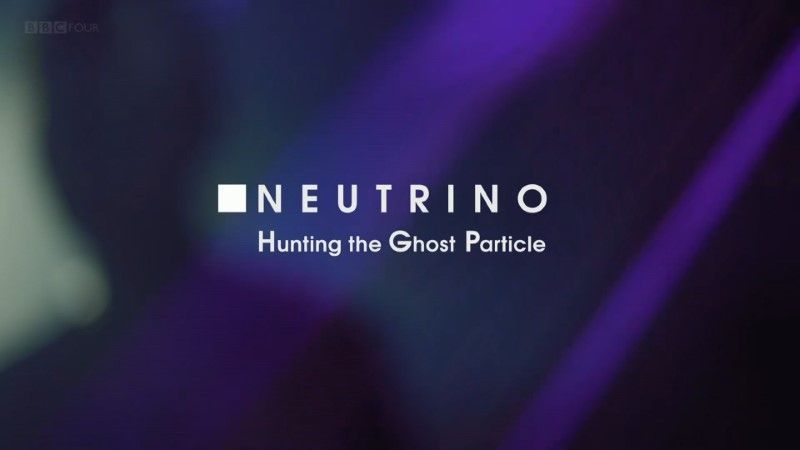Big Trouble • 2018 • episode "S1E1" • Size Matters with Hannah Fry
Hannah starts her journey by asking whether everything could be bigger, finding out what life would be like on a bigger planet. As the Earth grows to outlandish proportions, gravity is the biggest challenge, and lying down becomes the new standing up. Flying in a Typhoon fighter jet with RAF flight lieutenant Mark Long, the programme discovers how higher G-force affects the human body, and how people could adapt to a high G-force world. But by the time Earth gets to the size of Jupiter, it's all over, as the moon would impact the planet and end life as we know it. Next, Hannah tries to make living things bigger. The programme examines the gigantopithecus, the biggest ape to ever exist, creates a dog the size of a dinosaur and meets Sultan Kosen, the world's tallest man. Humans are then super-sized with the help of Professor Dean Falk to see what a human body would look like if we were 15m tall. The sun gets expanded, and Professor Volker Bromm looks back in time to find the largest stars that ever existed, before the sun explodes in perhaps the biggest explosion since the big bang.
Make a donation
Buy a brother a hot coffee? Or a cold beer?
Hope you're finding these documentaries fascinating and eye-opening. It's just me, working hard behind the scenes to bring you this enriching content.
Running and maintaining a website like this takes time and resources. That's why I'm reaching out to you. If you appreciate what I do and would like to support my efforts, would you consider "buying me a coffee"?
Donation addresses
BTC: bc1q8ldskxh4x9qnddhcrgcun8rtvddeldm2a07r2v
ETH: 0x5CCAAA1afc5c5D814129d99277dDb5A979672116
With your donation through , you can show your appreciation and help me keep this project going. Every contribution, no matter how small, makes a significant impact. It goes directly towards covering server costs.







